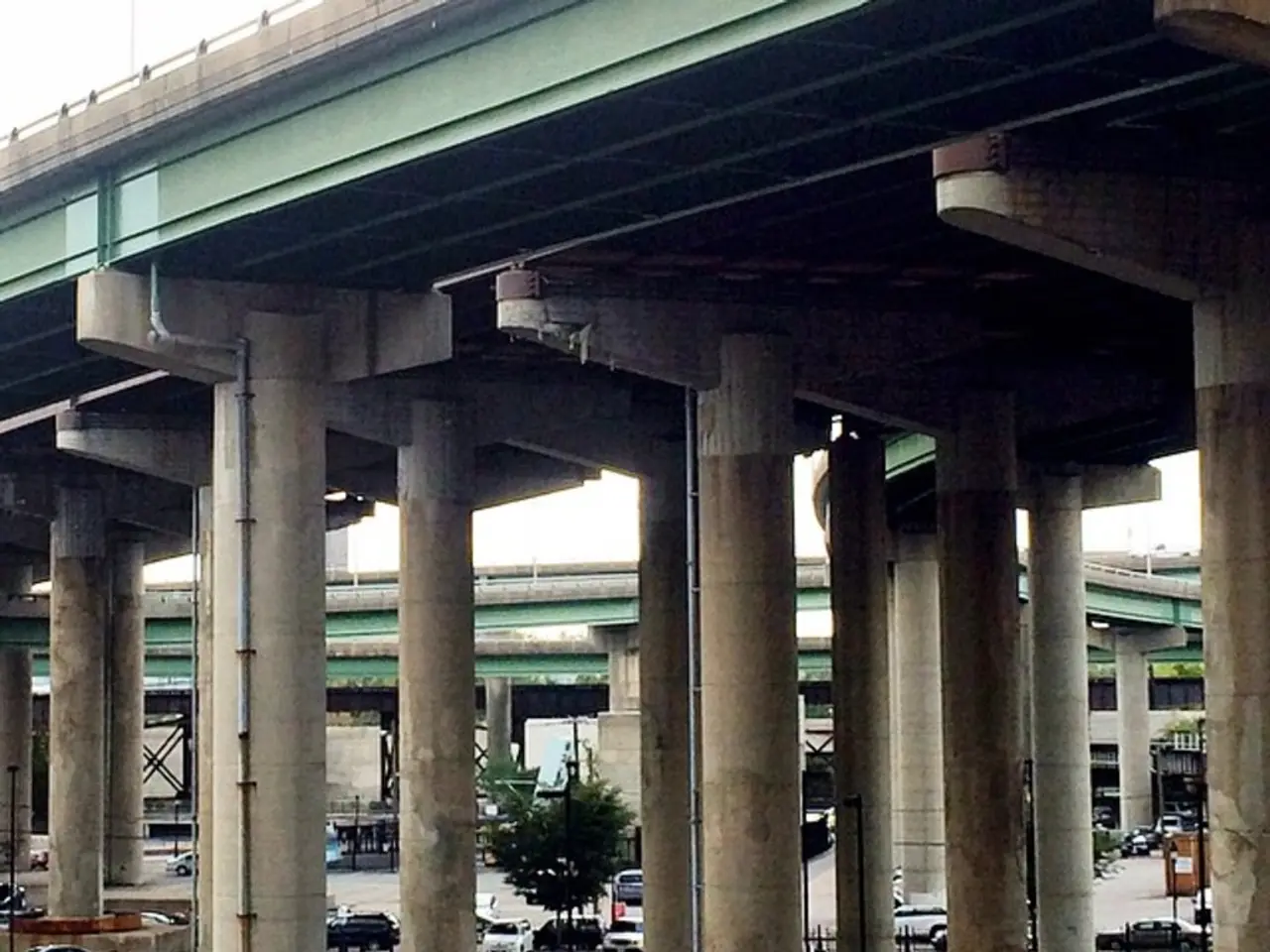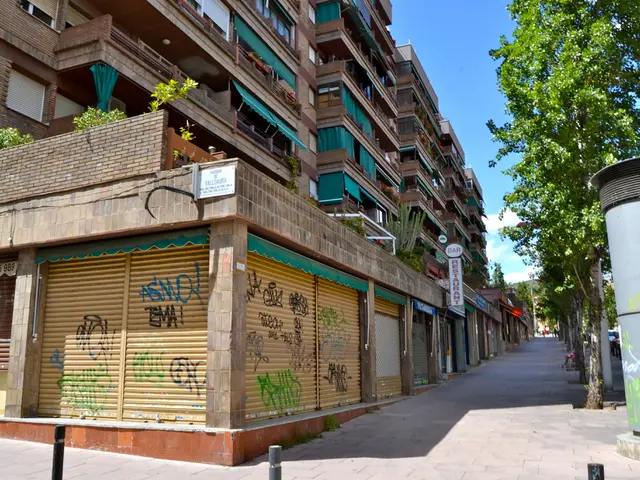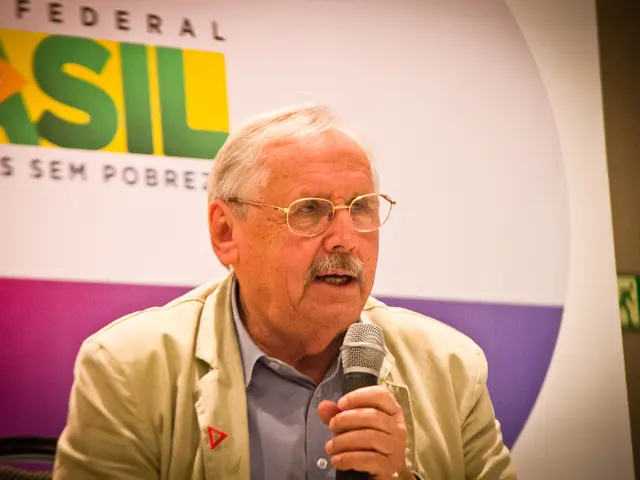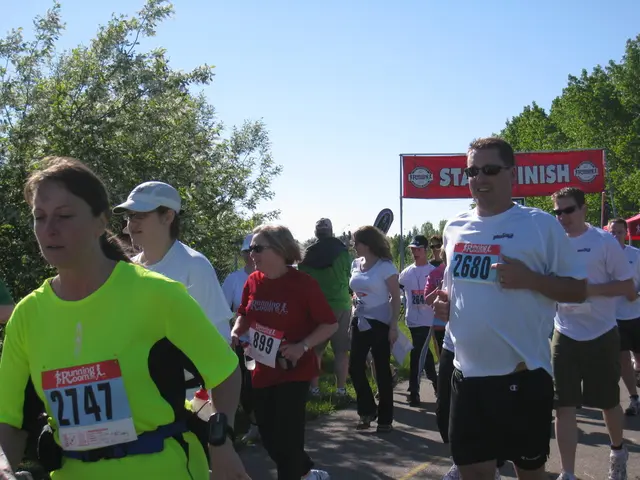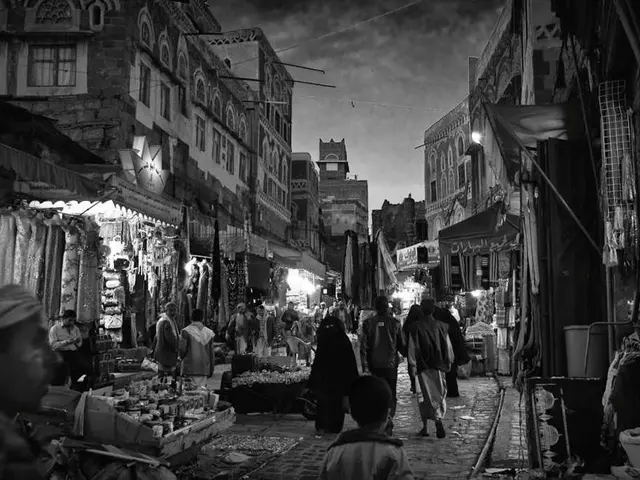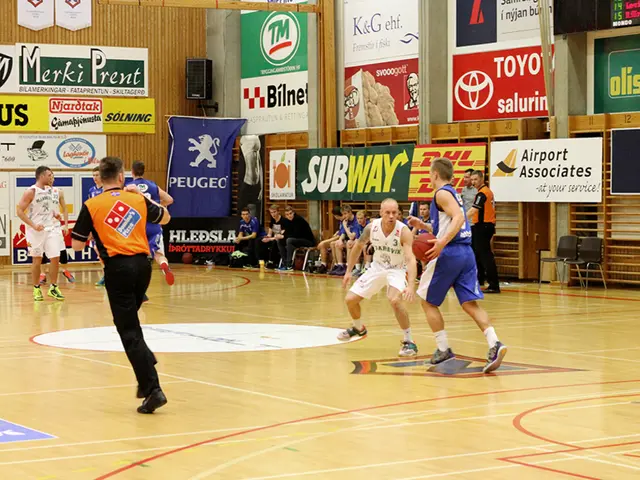Easing Pedestrian Traffic Signal Pressure
In an effort to enhance pedestrian safety and promote sustainability, German cities are experimenting with innovative traffic light concepts. The focus is on reducing traffic collisions, improving environmental outcomes, and creating a more pedestrian-friendly urban traffic system.
One such concept is the "all-green concept," also known as "dialogue crossing" in some countries like Canada and Japan. This approach allows pedestrians to receive green lights simultaneously from all directions at intersections, ensuring a safer and smoother crossing experience. Cities like Cologne and Wuppertal are currently testing this concept at some intersections.
The demand for longer green phases for pedestrians, particularly in areas with significant pedestrian traffic, has been ongoing for decades. Karl-Josef Büscher, from the State Senior Citizens' Representative, is at the forefront of this fight. He believes that extending pedestrian green phases could help reduce the high risk of collisions involving pedestrians, especially among vulnerable groups like the elderly and children.
According to the "Guidelines for Traffic Signal Installations," the speed at which pedestrians should cross a street is between 1.2 and 1.5 meters per second. To aid pedestrians in judging crossing times, some new traffic lights in Germany now display the duration of the current green phase.
In addition to the "all-green concept," other innovations are being explored. For instance, Green Wave strategies are being implemented to optimize traffic flow and reduce stops and emissions. These systems use smart infrastructure and connected vehicle technology (V2X communication) to coordinate lights dynamically, helping maintain smooth traffic flow and potentially extending pedestrian green phases at coordinated intersections to improve safety and efficiency.
Testimonies from cities like Berlin suggest that full safety and green wave implementation may take years. However, the ongoing efforts reflect a broader trend toward more pedestrian-friendly and sustainable urban traffic systems.
Ingrid Anne Frunzke from the Senior Council of the city of Düsseldorf believes the technology used in countries like Canada could serve as a model for Germany. Meanwhile, the Police Union is calling for 30 km/h speed limits in cities, although this is not directly related to the traffic lights.
In Solingen, a traffic light now shows pedestrians how much longer they have to wait. Following an accident in Aachen, the NRW Minister of Transport decided to give priority to pedestrians if necessary.
The first AI traffic light was put into operation in Hamm, Germany in spring 2023. As these innovations continue to be tested and implemented, Germany is poised to lead the way in creating safer and more sustainable urban traffic systems.
[1] Büscher, Karl-Josef. "Forderungen nach langen Grünphasen für Fußgänger in Deutschland." (Demands for longer green phases for pedestrians in Germany.) Bundesverband Alterssolidarität (Federal Association of Elderly Solidarity), 2022.
[2] Frunzke, Ingrid Anne. "Kanadische Technologie könnte als Vorbild für Deutschland dienen." (Canadian technology could serve as a model for Germany.) Seniorrat der Stadt Düsseldorf (Senior Council of the city of Düsseldorf), 2022.
[3] "Green Wave: Die Zukunft der Verkehrsleittechnik." (Green Wave: The future of traffic signal technology.) Bundesverband der Deutschen Verkehrswirtschaft (Federal Association of German Traffic), 2021.
[4] "Dialogue Crossing: Die neue Verkehrslichttechnik." (Dialogue Crossing: The new traffic light technology.) Verkehrsclub Deutschland (German Transport Club), 2022.
